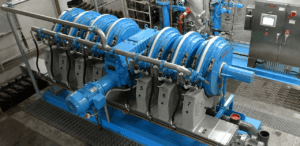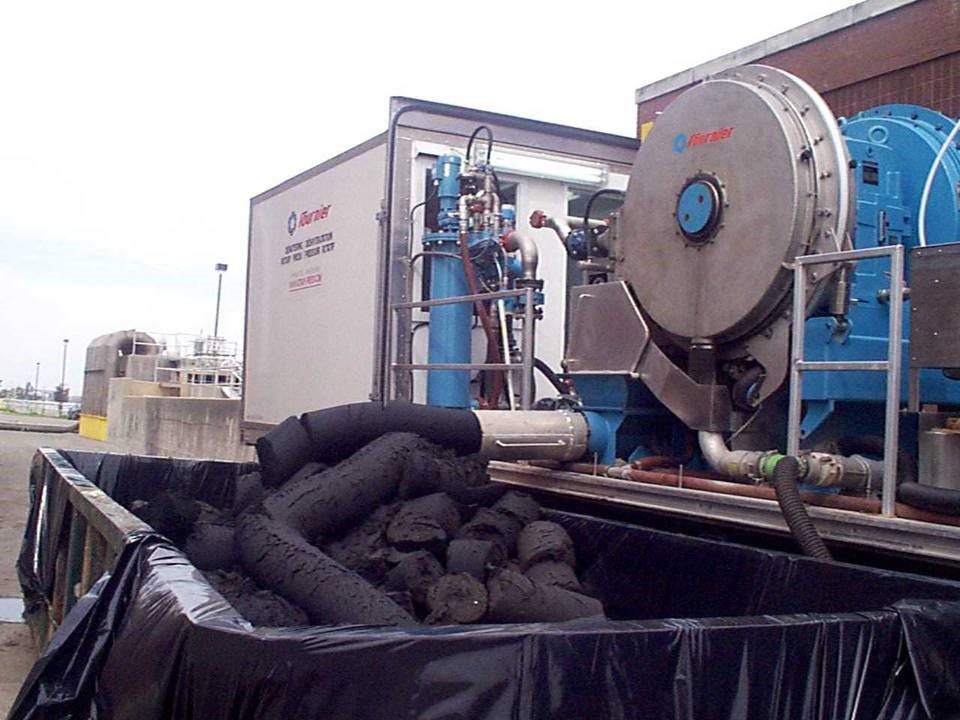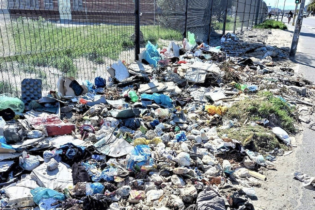Sludge is a substantial waste product of many different municipal, agricultural and agro-processing processes.
At Sinowatek, we create processes that valorize waste streams. We select and integrate state-of-the-art technologies and equipment to design and implement “fit for purpose” processes in the drive to improve the environmental and economic performance of our clients. With regard to the dewatering of various types of sludge, Sinowatek endorses the Rotary Press dewatering technology from Fournier Industries in Canada as the most advanced technology available. The first step in the valorizing of sludge is the dewatering of the viscous mixture, separating the mixture into solids and liquid. The solids are isolated and collected in preparation for valorization. The residual wastewater can be processed to enter into a circular economy loop. The principle behind the Rotary Press is straightforward. Sludge is fed into a channel at low pressure and rotates between two parallel revolving stainless steel chrome plated filtering elements. As free water passes through screens, the sludge continues to dewater as it travels around the channel. The flocculated sludge builds up solids until enough pressure is generated against the outlet restrictor arm. The frictional force of the slow-moving filtering elements, coupled with controlled outlet restriction, generates enough back pressure to dewater the remaining solids, resulting in the extrusion of a very dry cake. A single-width channel is able to dewater all varieties of sludge produced in industries like paper and pulp mills, factories, municipalities, breweries, bio-gasification, farming (animal manure), agro-food and mining, without any physical modification. Another outstanding feature of the Rotary Press is that units can be made expandable for increased capacity at a future date. Customers benefit from lower capital costs at purchase, with the ability to expand according to need. Any combination of channels can be obtained, up to a maximum of 8 channels per press.The Fournier Rotary Press is rapidly gaining ground in the rest of the world, replacing centrifuges, belt-, screw – and filter presses, for the following reasons: PERFORMANCE
- High level of cake dryness
- Competitive production rates
- High capture rates (95% +)
- Low energy usage (7 kWh/dry ton)
- Low noise Level (70-75 DBA)
- Low speed (0.2-2 rpm)
- Continuous process
- Equipment totally enclosed, reduced airborne contaminants & odours
- Easy start-up and shut-down procedures
- Minimal supervision required
- Completely automated and can be remotely controlled
- Sturdy, reliable construction
- Limited number of mechanical components
- Slow rotation speed (0.2-2 rpm)
- Automated self-cleaning cycle
- Little maintenance
- Savings on final disposal costs (high dryness)
- Minimal space requirements (small footprint)
- Low maintenance costs
- Reduced labour costs
- Low energy consumption
- Low water usage









